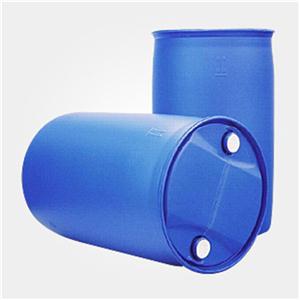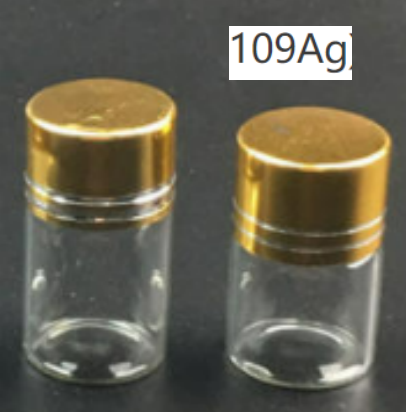银Ag109
Argentum-109
询价
10mg
起订
100mg
起订
湖北 更新日期:2025-02-19
产品详情:
- 中文名称:
- 银Ag109
- 英文名称:
- Argentum-109
- CAS号:
- 14378-38-2
- 纯度规格:
- 99%
- 产品类别:
- 同位素金属
公司简介
武汉易司拓普科技有限公司是一家专业从事稳定性同位素产品销售与服务的科技公司,公司拥有一群专业素养高、不断积极开拓创新的领导人,他们掌握产品工艺制程、精通市场营销、熟悉市场行情,秉承“高效,经济,可靠”的原则,致力于为核磁共振、光电行业、制药与合成、科研等领域提供高品质、多品种、多规格的液、固、气相同位素化学品、创新思维模式的解决方案、可靠的技术服务。
| 成立日期 | (6年) |
| 注册资本 | 500万元 |
| 员工人数 | 50-100人 |
| 年营业额 | ¥ 100万以内 |
| 经营模式 | 贸易,试剂,定制 |
| 主营行业 | 医药中间体,合成材料中间体,农药中间体,特殊化学试剂,特种化学品 |
银Ag109相关厂家报价
-

- 强效纳米银
- 湖北鸿福达生物科技有限公司 VIP
- 2025-03-12
- 询价
-

- 乙酸银 563-63-3 无水醋酸银 中间体 含量99% 按需分装
- 巴师傅(上海)生物医药科技有限公司 VIP
- 2025-03-12
- 询价
-

- 乙酸银 醋酸银 563-63-3
- 武汉市承天精细化工有限公司 VIP
- 2025-03-12
- 询价


